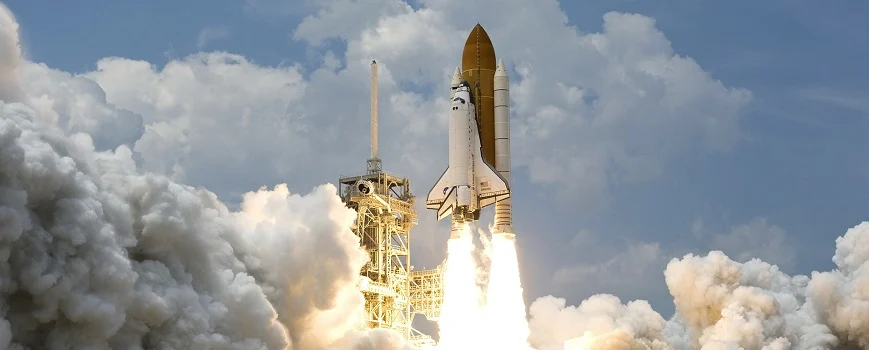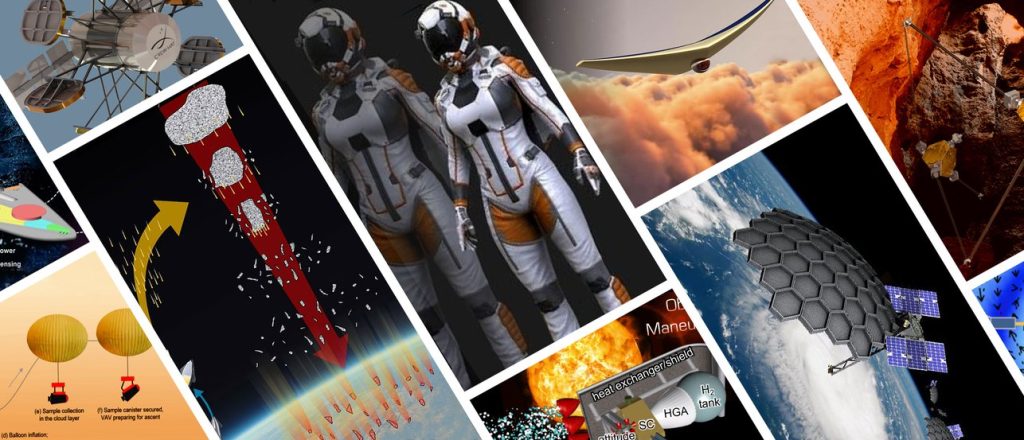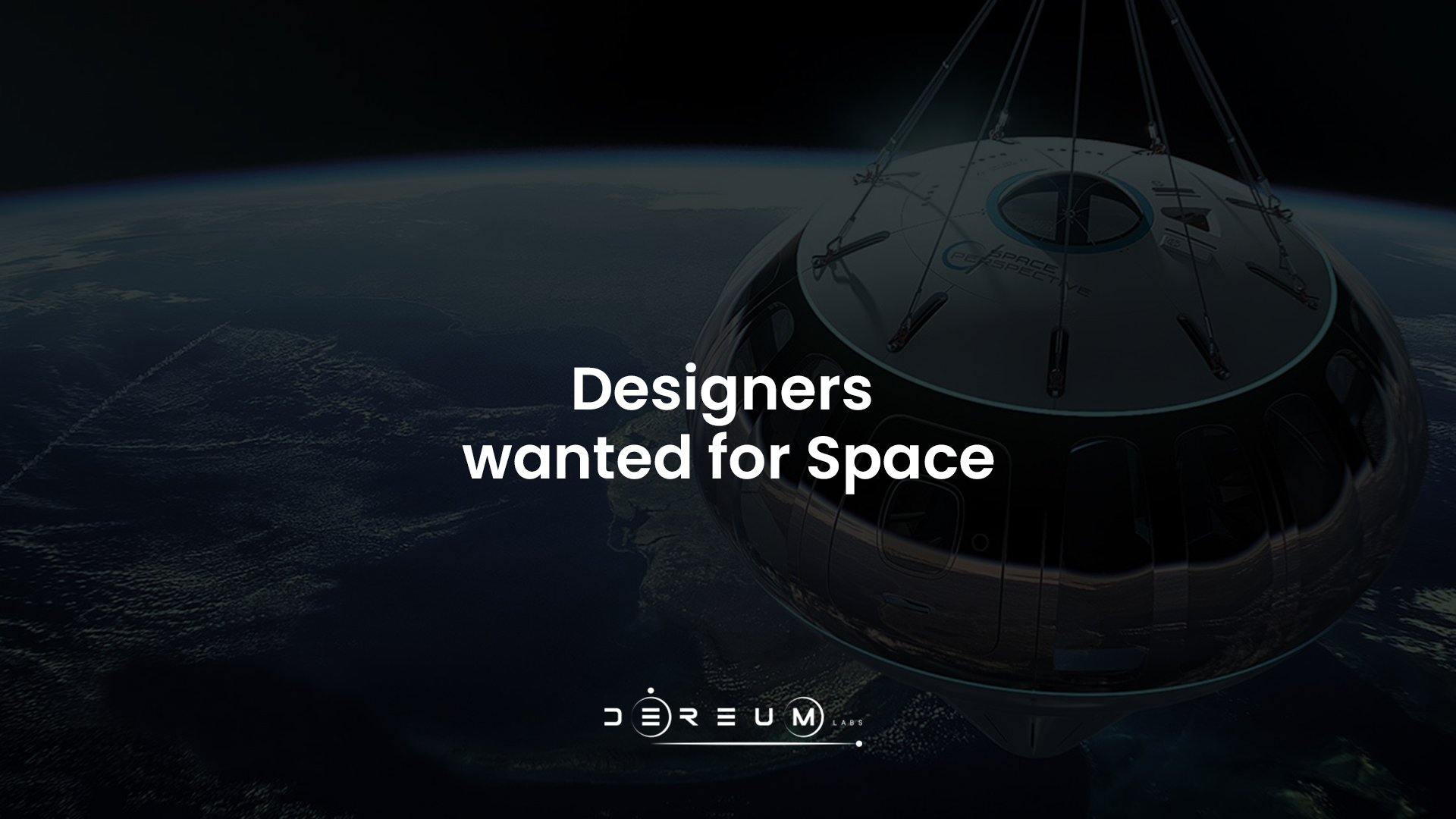Understanding the current transition of democratization in the space industry is essential to establish the possibilities for the next decades. Since the beginning of space exploration, the countries that have dominated the scene have been governments of developed countries, such as the USA, Russia, China and the European Union are examples that stand out. However, in recent decades there has been a significant change in participation in space exploration. The diversification in access to space, led by the growth and increase of private entities, has achieved society’s more conscious and active participation.

The planet enters an exciting new era of space exploration involving government and private companies. Currently, there are just over 10,000 space-related companies in the world. Adam Jonas, Head of Morgan Stanley’s Space and Global Auto & Shared Mobility teams, said: «Today’s space race is increasing visibility due to the confluence of profound technological changes, accelerated capital formation and private space flight missions.»
New opportunities to be tackled by new businesses and innovations will be different from the challenges in the past. We evolved from traditional aerospace companies to bold startups that could no doubt quickly benefit from a wider audience with the power of optimal, comprehensive, and functional planning. This rapid growth toward commercialization and democratization has created multiple opportunities for entrepreneurship.
Just as different commercial entities appear on the scene, the labor field is also diversifying. More disciplines specialize in a spatial context, allowing for a much more complex context of complex knowledge, from medicinal and legal to humanistic. During an interview with futurist designer and space architect Phnam Bagley, she shared, «Working for space is traditionally based on system engineering. It has been working great, and much innovation has come from there, but if you continue to think like this, you completely alienate future development needs.»
In part generated by the resounding «democratization» of space, the new challenges to space exploration involve a broader and more diverse audience. This new context responds to space agencies with specialized users, such as astronauts, highly trained space engineers, and civilians. The venture to space, while exciting, is also physically, mentally, and socially demanding; this will determine whether we merely survive or thrive. This comes with a transformation of challenges in Human-Centered Design for products, services and systems in the new space economy.
The transformations in the space context will begin to be glimpsed in projects to make the exit system from the Earth more efficient, the search for maximum sustainability with few resources and the need to reduce the costs of the investment that space development implies. For this, it will be essential to the industrialization of the design and manufacture of space devices, the creation of new systems, and new technologies aware of sustainability.

This new and broader context of the space industry requires a comprehensive approach, which simultaneously preserves the principle of knowledge as an amalgam that allows access to various specialties.
Designers will be very involved when people start living and working in space on a much more regular basis. Designers answer the question, how can we focus on humans to create economically viable, technologically feasible and desirable solutions to improve work-life balance in space? It is not only about how we are going to work but also about how we are going to live.
Within the opportunities that currently arise in the space industry for the work of the designer, we can find:
- Space Mission Design. The design of space missions, applying creative thinking methodologies such as Design Thinking, Design Sprint and Strategic Design, whose prospective tools give rise to the formulation of space missions. «In this part…engineers and scientists would quickly brainstorm the architecture of the mission concepts. The mission architecture is the system that connects elements of science with elements of aerospace engineering.»
- Design of new space systems and services. It is identifying the unique needs of the coming markets, building proposals around the areas of opportunity of the current space systems and improving and integrating new services designed for a wide range of users.
- Design of space artifacts. Creating new technological space products is necessary at each stage of space exploration. On the one hand, there are the artifacts used by humans carrying out their activities in environments with low or zero gravity, where ergonomic knowledge and communication with an end-user, astronauts in the International Space Station, are needed. On the other hand, robotic devices are developed in the commercial area, so knowledge will be necessary to reduce the costs of potential low production.
In the future of the industry, the designer’s role will be to develop new products for users in space, from trained users like current astronauts, such as the first researchers carrying out projects on the Moon, to non-specialized, like space tourists or the future Lunarian or Martian inhabitants.
We recommend you: Thermal Protection System (TPS) and Materials

